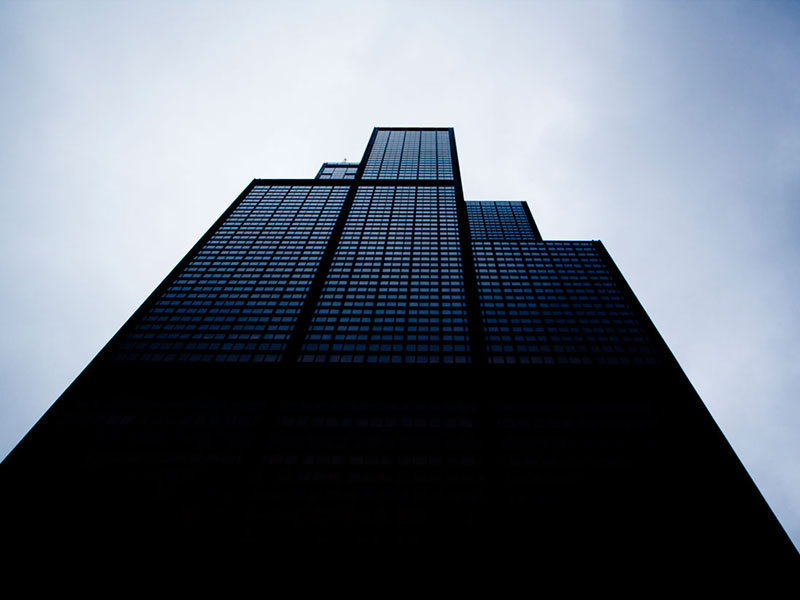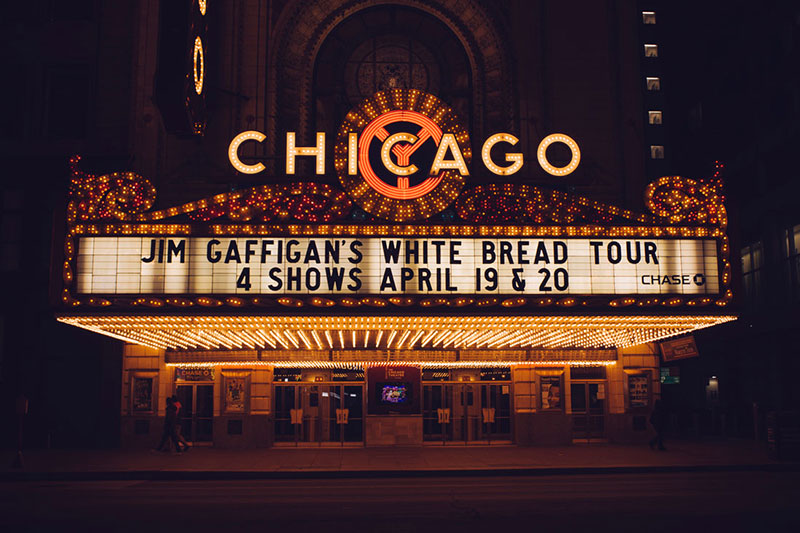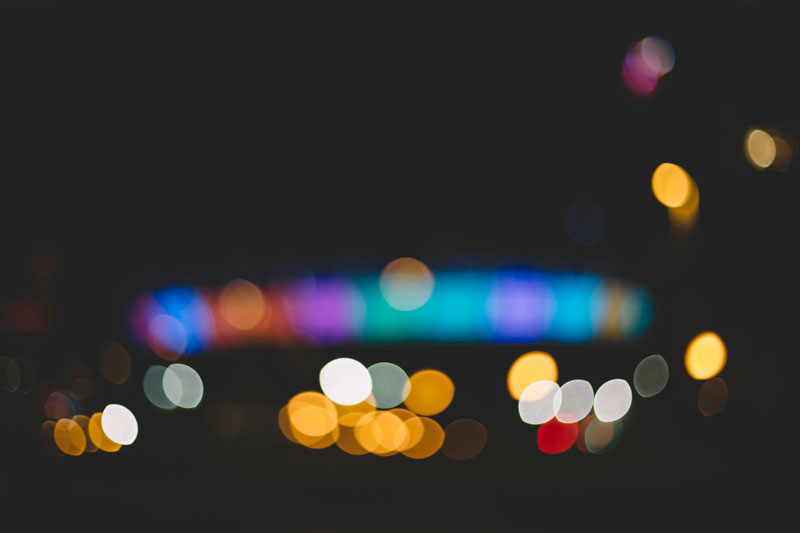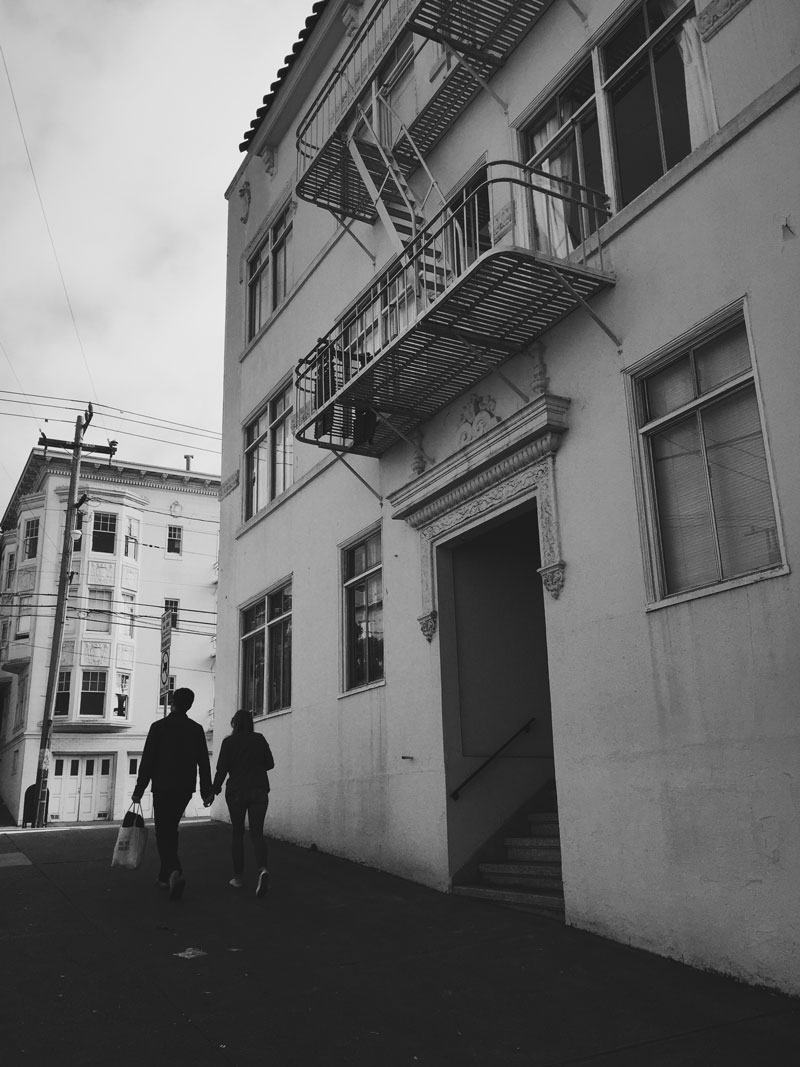Street Photography: The 16 Shots You Need to Capture
Street photography: Getting the perfect shot
In street photography, there are many factors to consider when you're capturing a scene. When I first started out, oftentimes I would catch my best shots out of pure luck. But looking back I realize it has more to do with timing than luck.
There's a lot of waiting involved in photography. You may be waiting for someone to walk by so they don't enter the frame as you press the shutter button. You may be waiting for that moment of stillness among the chaos or waiting for your unsuspecting subject to look up for that brief second. Observe, wait, capture. You learn to be patient as a photographer. The perfect moment can't be rushed.
While there's no specific formula to getting the "perfect shot", some of the types of shots below should help you when you're out there capturing your city!
1. Look above
When you’re exploring a new city you will find yourself looking up quite often. If you see a piece of architecture you admire consider shooting it from this point of view. Whether you’re centered underneath or viewing from an angle, it will result in an intriguing photo for sure. It's also one of the easies to capture if you're new to street photography.
This photo was taken while looking above at the Willis Tower (also known as the Sears Tower) in Chicago, IL. My goal was to express the enormity of this incredible and well-known building. I internally considered the perspective, the strong horizontal and vertical lines, and even the gradation of light.
2. Look below
The opposite of above is well, below. This is a point of view not captured nearly as much as above as it takes a little more thought. You have to consider your location. Is there a stairway to the top of a building or a steep hill? Fortunately there are plenty highs and lows in most cities. The next time you're up high, take a look at what you see below and create something new from it.
This photo is from downtown Seattle, Washington.
3. Across the street
One of the best ways capture a building, or in this case marquee signage, is to shoot from across the street. Of course this depends on the type of lens you have too but most of the time it's easiest to catch a spectacle like this in its entirety from a street over. Had I been on the same side of the building, I would not be able to get this shot.
This photo was taken across from the Chicago Theatre to capture the bright, sparkling signage.
4. Angles
I'm always looking for dynamic angles when scouting out signage. I personally find shooting things from a straight on angle to be uninspiring so I purposefully shoot at a diagonal angle like in this shot. This signage from Chicago's Skyjack, the 103rd floor on the Willis (Sears) Tower.
5. Textures
Another things I'm looking out for when wondering a city are unique textures, abundant in urban settings. I loved how the Hard Rock Cafe logo looked painted on this brick wall in Seattle, Washington. I'm sure your city offers its own texture and street art too!
6. Foreground versus background
Don't be afraid to let something get in the way. I purposefully captured these images of Vancouver's Burrard Bridge by standing behind walls to achieve the dark framed edges shown here. In this case, it emphasizes the motion of those passing by on the bridge. It also creates an interesting gradation of darkness. Yes, this could be replicated in Photoshop but you want to capture everything in camera first, right? :) Use foreground and background creatively the next time you've found your focal point.
7. Capture a scene from afar
While I love photography details up close to capture the unnoticed, I also know the importance of stepping and back and letting the whole scene in. A great way to capture San Francisco's Ocean Beach is from the Cliff House. It shows just enough of those on the beach, the shore, the waves, the mountains, and the sky.
8. Reflections
You know window shopping? Well, usually when I'm looking through a window I'm thinking about how I can create some dreamy and abstract photo from it. It's also a sneaky way to achieving the look of a double exposure.
9. Capture motion
What would a city be without motion? This can be a little tricky to capture but it just takes practice! You'll want to play around with the shutter speed on your camera to give just the right amount of camera blur you like. The faster the shutter speed, the more you "freeze" the scene (meaning everything is sharp and in focus, no motion). So the more you slow the shutter speed down, the more of an artistic blur you'll catch in your moving subjects.
10. Lights and shadows
Lighting is one of the single most important elements to consider in photography. (I wrote about this more in a tutorial on the golden hour here, so be sure to check that out)! Whether it's the middle of the day or the sunlight is fading from the streets, there's always bits of light and shadow you can use to create dynamic images.
While waiting to cross on Market Street in San Francisco I looked up and noticed the light shining on the sign and the windows from the building in the background. Be observant (and again, patient) and you will find these moments.
11. Abstraction
Abstracting a scene comes fairly easy to me. I enjoy taking the ordinary and making it extraordinary. I want to force you to take a second look and wonder, what is that? How did she do that?
There are many ways to abstract a scene but one of the most straightforward ways to do so is to play with the focus on your camera when shooting bright city lights at night. This technique is referred to as bokeh photography. This photo is of the BC Place Stadium in Vancouver, BC. There's plenty more of bokeh photography where that came from!
12. Never pass up those alleyways
In San Francisco, there are no shortage of alleyways. While I don't advise walking down them alone especially at night with a camera, I do encourage capturing them from afar. No two alleyways are the same.
13. Framing
Creatively using frames within your street photography can be a great way to emphasize your focal point. The archways from the Burrard bridge framed the couple walking toward me in the image below.
14. Perspective
Strong, directional lines can be powerful in your street photography, giving a sense of perspective or symmetry. Bridges and other architecture in cities offer plenty of lines, shapes, and perspectives. What unique perspectives of buildings in your city have you noticed and can share in your images?
15. Go where the view is
Every city has its spots with the best views to gaze from. I've spent years roaming San Francisco discovering these. One of my favorite places to see the city of San Francisco in one view is from Twin Peaks. At night, you can see the stream of lights on Market street from the Ferry Building, the bay and golden gate bridges.
16. People
And last but not least, people. While those passing by can sometimes get in the way of composing your shot, don't forget they can add an unplanned element of surprise. The thing with strangers walking by is you have to be quick. They aren't there to pose for you so you have to rely on your instincts to frame, focus, and capture these images. I've named this one "urban love". It may not be the best photo I've taken but the feeling, the meaning behind it is what I'm most proud of capturing.
















